
Toddlers and 5-year-olds can be very picky eaters. However, exposing them to a wide array of foods from an early age can help to circumvent this. Prepare lunches and snacks for your toddlers and 5-year-olds that are wholesome and nutritional. In general, have your kids fill up on fruits and vegetables instead of processed foods. Our bodies become regulated to crave what we eat most frequently, so avoid foods containing a lot of refined sugar. Conveniently, many lunches and snacks for toddlers are also perfect for 5-year-olds, and vice versa.
Lunch for Toddlers
Toddlers tend to not eat a full meal for dinner, so lunch is one of their larger meals. Keep this in mind when you are preparing lunch, so that you make something filling and wholesome. Toddlers should have around four servings of fruits and vegetables a day, 24 ounces of dairy and four servings of grains. Try meals such as pasta salad, banana and peanut butter sandwiches on whole grain pita, or whole grain bread sandwiches with meats of your choice. Good sources of protein for toddlers include turkey, ham or chicken slices. On the side, always include a fruit or vegetable, or both, such as bananas, apples, broccoli, carrots or cucumbers. Always opt for fruit rather than a dessert made from refined sugar, such as gummy fruit or other types of candy.
Snacks for Toddlers
Since toddlers need fruits and vegetables as well as dairy, use snack time to give your toddler healthy foods. For fruits, try a bowl of strawberries, sliced apples, grapes, blueberries or peaches. For vegetables, try carrot sticks, celery sticks or broccoli (raw or cooked). For dairy, try yogurt or a cheese stick. Other options include rice cakes, applesauce or plain Cheerios.
Lunch for 5-Year-Olds
Five-year-olds have similar nutritional needs to toddlers, and can eat all of the same foods as mentioned above. They may tend to be pickier, but they are also able to eat a wider variety of foods. If you can coax them into trying a salad, mild vegetarian chili or a homemade soup, do so. You can also start to expose them to eggs and fish more frequently. A tuna fish sandwich on whole grain bread, paired with fruit and vegetables, can be a well-balanced lunch for a 5-year-old.
Snacks for 5-Year-Olds
As with toddlers, it is important to make sure that 5-year-olds are eating snacks that are filling and healthy, rather than an overload of bad carbohydrates or sugar. Choose foods that will sustain them while they learn and play. Stay away from processed foods and veer toward fruits, vegetables, cheese sticks, yogurt or crackers.
Related Articles

A Cucumber Recipe That Kids Like
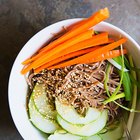
Cold Sesame Soba Noodle Salad School ...

Food to Serve at My 4-Year-Old's ...

Snacks Compatible With a Diet for Gout
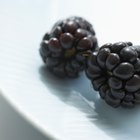
The Function of Fruits

Low Calorie High Energy Foods
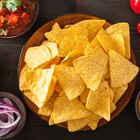
Easy Appetizers for Teens

Menu for Acid Reflux
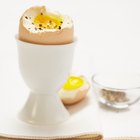
Healthy Unprocessed Lunch Choices

A Healthy Food Timetable for Kids
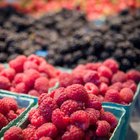
Can You Change Skin Tone with Food?
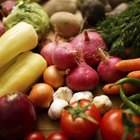
What Vegetables Are Good for Type 2 ...

Menu Plans for a First Birthday Party

Low-Protein Breakfast Menu
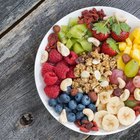
The Best Fruits for Breakfast
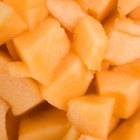
How to Make Melon Ice Cream

Menu for Breakfast, Lunch & Dinner
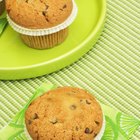
How to Keep Muffins From Going Moldy
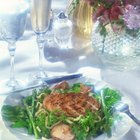
High Fiber & Protein Diet Menus
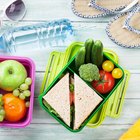
Lunch Ideas for the Beach
References
Writer Bio
Kathryn Stanley is a professional writer for various websites, covering fashion, science, the environment, food and baking, crafts and the arts. She studies psychology and creative writing at the University of Maryland at College Park.
Photo Credits
Jupiterimages/Comstock/Getty Images